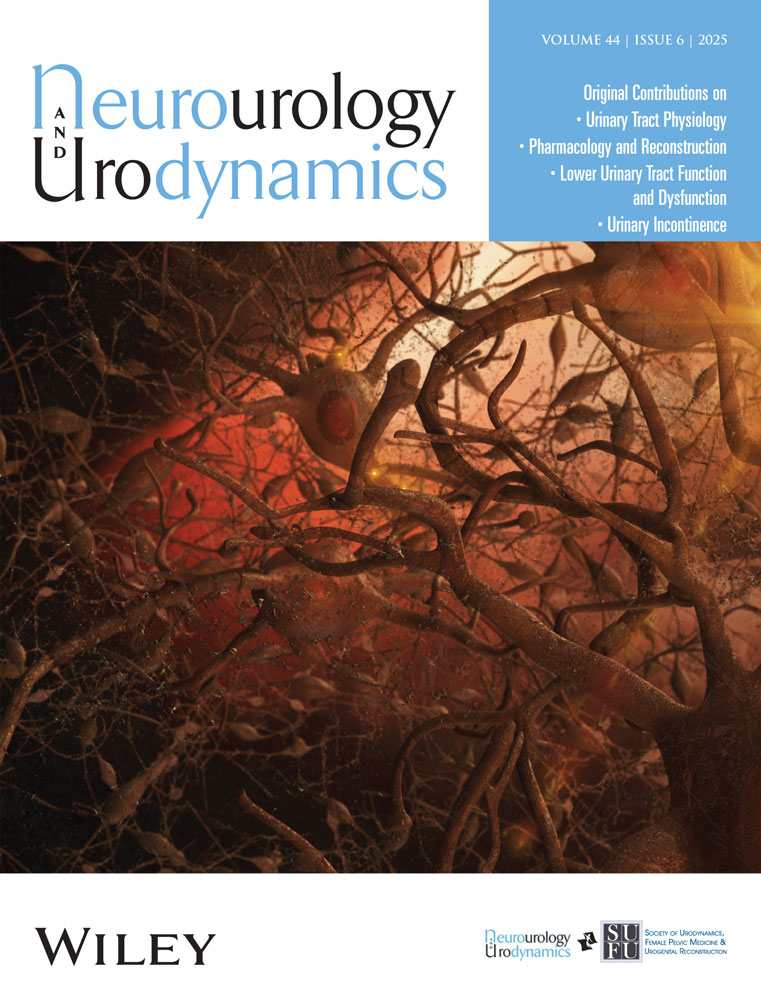Intravesical glucidic capsaicin versus glucidic solvent in neurogenic detrusor overactivity: A double blind controlled randomized study†‡
Institutions where the work was performed: Coordinating center: Physical Medicine and Neurorehabilitation unit, Bordeaux University Hospital, 33076 Bordeaux France. Bordeaux 2 University. Other investigators: French Physical Medicine and Rehabilitation Units of Rennes University Hospital 35033 Rennes, Paris University Hospital 92380 Garches, Nantes University Hospital 44000 Nantes, Limoges University Hospital 87000 Limoges. French Urology Departments of Marseille University Hospital 13000 Marseille and Rouen University Hospital 76000 Rouen.
No conflict of interest reported by the author(s).
Abstract
Aims
Many studies report the use of alcoholic capsaicin instillation to treat neurogenic detrusor overactivity (NDO) in spinal cord injured (SCI) and multiple sclerosis (MS) patients. However, poor tolerability due to the irritative effect of the ethanol solvent limits its use. Our study aimed to evaluate the efficacy and tolerability of a new formulation of capsaicin in a glucidic solution in a multicenter clinical trial.
Materials and Methods
Thirty-three patients (26MS/7SCI) suffering from urinary incontinence due to refractory NDO were prospectively enrolled in a double-blind placebo controlled study and randomized to capsaicin group (CG, N = 17) or solvent group (SG, N = 16). They respectively received an intravesical instillation of 100 ml capsaicin diluted in glucidic solvent (CG) or glucidic solvent alone (SG). Efficacy (voiding chart, maximum cystometric capacity (MCC)) and tolerability were evaluated on days 0 (D0), 30 and 90.
Results
On D0, groups were homogeneous. On D30, significant improvement of overactive bladder syndrome and an increase in MCC were shown in CG, whereas there were no improvement in SG. No significant improvement was shown on D90 in both groups. There were no significant differences between groups regarding prevalence, duration, or intensity of side effects, except for short duration pubic pain during instillation more often reported in CG (58.8%) than in SG (12.5%) (P < 0.01).
Conclusion
This placebo controlled study using glucidic capsaicin confirms its short-term efficacy in NDO patients. Global tolerance of glucidic capsaicin appeared satisfactory. Long-term efficacy and tolerance of repeated glucidic capsaicin instillations need to be evaluated. Neurourol. Urodynam. 25:752–757, 2006. © 2006 Wiley-Liss, Inc.




